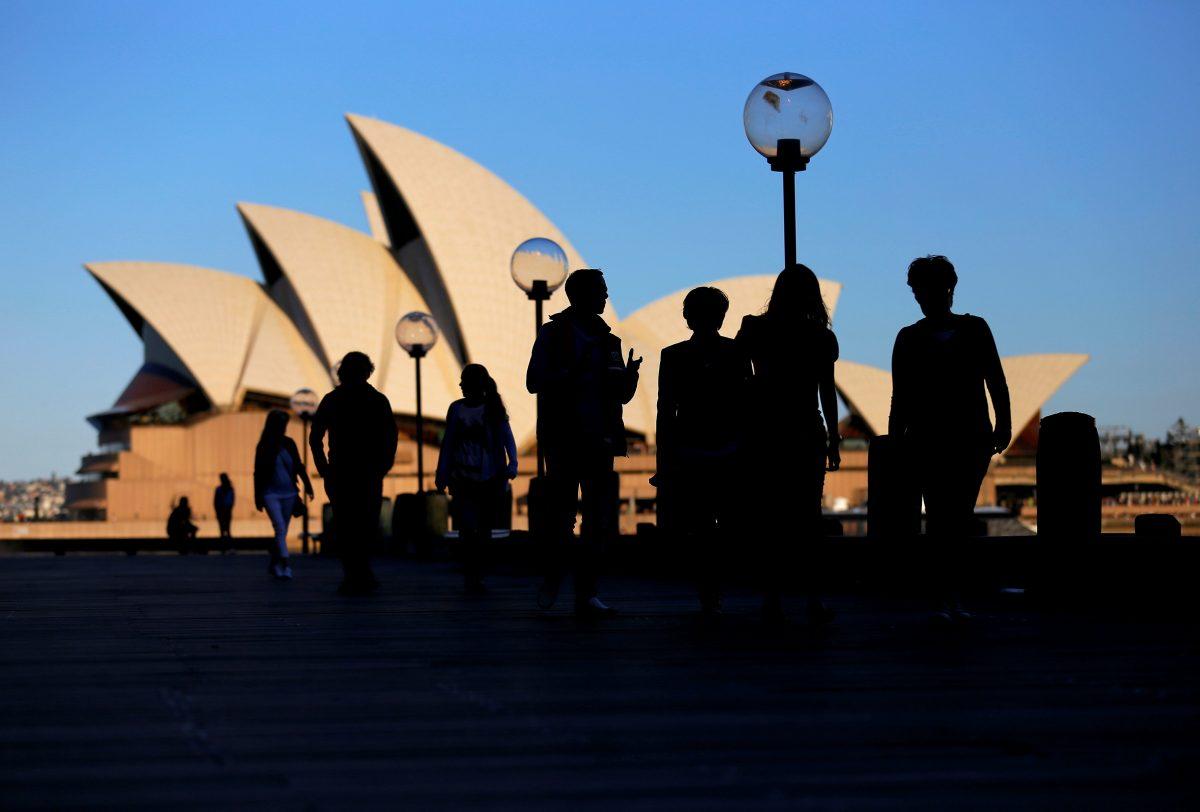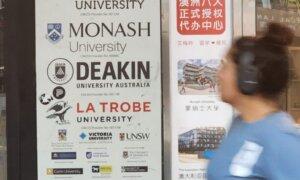Is Labor’s Plan for Migration Change Not as Promising as It Seems?
The total reduction in the intake over five years is just 185,000 people—or just 37,000 people on average per year.
Commentary
The Labor government of Anthony Albanese finishes the parliamentary year in the political doldrums.
Having nailed its colours to the mast of The Voice, which sank without trace, the government is flailing in the polls, seemingly without a notion of how to tackle the issues facing the nation.
At the top of the list is the ongoing cost of living pressures on Australians. Closely related are the issues of immigration and housing.
The announcement about migration numbers reflects the malaise. Having hinted over the weekend that the government would be revising significantly the number of immigrants to Australia in coming years, the actual announcement fell far short of a major change.
Last year’s budget projected that immigration numbers would be 400,000 in 2022-23; 315,000 in 2023-24; and 260,000 for each of the following three years, a total of 1.8 million people.
The new estimates are for 510,000 in this current year, an actual increase on last year’s forecast. The estimates are then for 315,000, 250,000, 255,000, and 250,000—a total of 1.62 million new permanent entrants.
The total reduction in the intake over five years is just 185,000 people—or just 37,000 people on average per year.
These numbers are just one part of the immigration pressures on infrastructure, including housing and costs of living, as they fail to include the number of temporary immigrants in the country each year.
Don’t Forget the Full Picture
The pre-COVID numbers reveal the real impact of immigration, taking into account both permanent and temporary entrants.
By 2017, permanent immigration to Australia had almost tripled since the 1990s. Temporary immigration had also tripled over the same period.
Significantly, there were almost 2 million temporary entrants in Australia in December 2016. These included students, working holidaymakers, special visa holders, and others.
This number is often overlooked in discussions about migration. It is not only the number of permanent immigrants that place pressure on housing and infrastructure, but the many more temporary entrants.
A true assessment of the impact of immigration requires the consideration of the total number of people entering Australia in a given year.

The government’s announcement spoke about estimates of numbers. It did not outline what the total impact would be, taking into account all categories of migrants.
Changing the balance in favour of more skilled migrants is welcome, but there can be little confidence in the overall numbers announced by the government.
Equally, the treasurer spruiks “modernising the economy,” but his agenda is constrained by inflation and rising interest rates, which drive the cost-of-living pressures on Australians.
Housing will remain critical in coming years, with little if any relief provided by the immigration announcement.
How Did the Government End the Year?
With a prime minister who is distracted from his main job, frequently overseas, and failing to lead the government in a timely manner, Labor ends the year drifting along.
Its handling of the High Court decision on detainees has been disastrous, feeding an impression of incompetence.
Mr. Albanese may have a reshuffle of portfolios over the vacation period, but he is constrained by the factions that select their candidates for the ministry.
By contrast, the opposition has grasped the political momentum, largely as a result of its decision on The Voice. Opposition Leader Peter Dutton also drove the debate on the appropriate legislative response to the High Court decision on refugees.
By advocating for other policies that connect both cost of living pressures and the future prosperity of the nation, such as scrapping the nuclear power restrictions, it has displaced the government in the vanguard of economic reform.
The resulting polls indicate growing public support for the Coalition as a consequence.
However, oppositions usually lead in the midterm polls, and it is still 18 months to the next election.
Views expressed in this article are opinions of the author and do not necessarily reflect the views of The Epoch Times.






